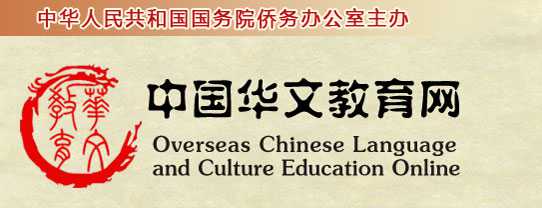|
指南针 Compass
2009年09月03日 09:18
指南针 指南针是中国古代“四大发明”之一。 在指南针发明以前,人们在茫茫大海上航行,只能靠太阳和星星的位置辨认方向,如果遇上阴雨天,就会迷失方向。是中国人发明的指南针,帮助人们解决了这个难题。 指南针是指示方向的仪器。早在战国时期,中国人就发现了磁石指示南北的特性,并根据这种特性制成了指示方向的仪器——司南。司南由一把光滑的磁勺和刻着方位的铜盘组成,勺把指示的方向是南方,勺头指示的方向是北方。到了宋代,人们把经过人工磁化的指南针和方位盘结合起来,制成了“罗盘”。有了罗盘,无论在甚么情况下,人们都能准确地辨认方向了。 北宋时,指南针已开始应用于航海事业上。南宋时,指南针经由阿拉伯传到欧洲,当时的阿拉伯人亲切地称指南针为“水手之眼”。 指南针的发明,给航海事业带来了划时代的影响,世界航运史也由此翻开了新的一页。明朝初期郑和率领船队七下西洋,15世纪哥伦布发现新大陆和麦哲伦环绕地球航行等壮举,都是指南针用于航海事业的结果。 The compass is one of the four great inventions of ancient China. Before the compass was invented, people depended upon the position of the sun and stars to tell them the direction when at sea, which only worked when it wasn't cloudy. As early as the Warring States Period (475-221 BC), Chinese discovered that a magnet could indicate south and north, and, on the basis of this feature, made a southward-pointing instrument that was the prototype of the compass. The instrument comprised a smooth magnetic spoon and a copper plate carved with directions; the handle of the spoon points south. In the Song Dynasty, people combined an artificially magnetized compass with an azimuth plate to create a proper compass. In the Northern Song Dynasty (960-1127 AD), the compass was being used for navigation at sea. In the Southern Song Dynasty, its use spread to Europe via Arabia, and Arabs called it affectionately "the Eye of Sailors". The invention of the compass had epochal influence on navigation, opening up a new chapter in the history of world navigation. Thus, Admiral Zheng He made seven voyages across seas to Southeast Asia and around Indian Ocean in the early Ming Dynasty (1368-1644 AD), Christopher Columbus discovered the New World, and Ferdinand Magellan sailed round the world.
【来源:中国华文教育网】
|
|






















